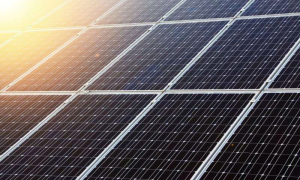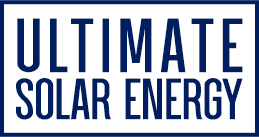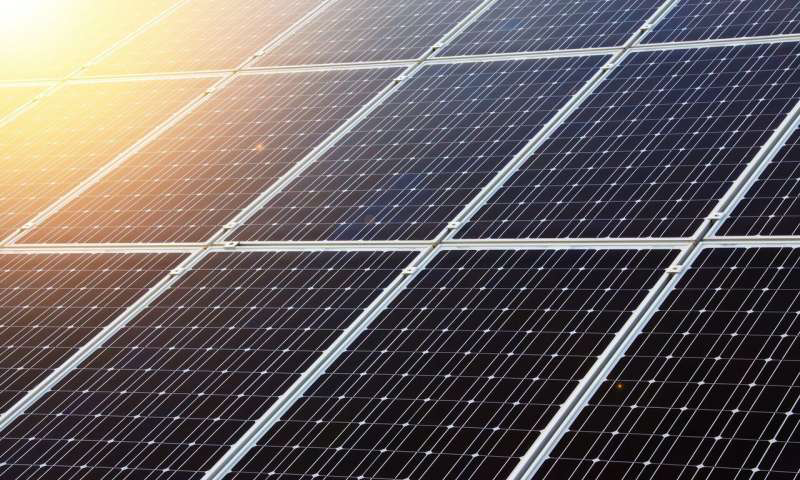Australia initiative for solar panels and Renewable Energy 2020
Here’s The Cool thing Australia Is going to Do About Climate Change Behind Scott Morrison’s Back:
Due to an ambitious state government, South Australia is now powered by half wind and solar, and half by gas. Not a single piece of coal in sight. But this wasn’t a one off. There are lots of groups around the country making huge changes to push Australia towards a more sustainable future. There are solar and wind farms across the country, initiatives that turn our plastic waste into useable materials, and local councils changing the world.
Here we have discussed what Australia is doing to fight back.
1. States Are Going Sustainable (Solar):
Australia, when you think about it, is nothing more than a collection of states and territories.
More than half of the states and territories have their own renewable energy targets, and some are doing quite well at making them happen.
The ACT for example, has contracts in place for 100% renewable electricity, the place where politicians spend all their time arguing about climate change is being run with renewables.
Tasmania is blowing all the mainlanders away. The vast majority of their power comes from renewables already, and are likely to hit their target of 100% renewables by 2022.
South Australia we already mentioned, and is on track to reach 100% renewables by 2025.
Victoria and Queensland are less ambitious, but still doing something, with 50% renewable energy targets by 2030.
So, with all these states pledging (and acting) on lowering their emissions, why can’t the Morrison government commit? Whatever the reason, it does feel good to know that there is lots we can do more locally to help reel in our planet warming emissions.
2. People are Making Roads From Rubbish
Although it’s often overlooked, around 8 percent of the world’s emissions is caused by cement. The chemical process itself creates carbon dioxide and finding sustainable replacements for roads, buildings, and pavements is going to have to happen sooner or later.
That’s why it’s so exciting that a 300 metre stretch of road in Craigieburn is made partly of shopping bags, glass bottles and reused asphalt pavement.
Called Tonerplas, the asphalt additive actually performs better than a regular old road when it comes to extreme temperatures and flexibility, plus it’s about the same price as a traditional asphalt.
There’s actually been a number of companies that have sprung up in the last few years to do something with our soft plastics – a product that is wrapped around everything in the grocery store, but can’t be traditionally recycled.
You might have seen the REDcycle bins near the entrances of Coles and Woolworths. They collect soft plastics to give to companies – one of them even creates Tonerplas.

3. There’s plenty Happening In Solar Energy
When thinking about solar, many people think of the solar panels on top of family homes. Rooftop solar is a huge part of our renewable pie chart, but there’s another form of solar which is also vital for Australia’s renewables – solar farms.
For example Solar Q, a Queensland company, is currently building an absolutely enormous solar farm and battery storage facility near Gympie with the intention to eventually supply power to 15 percent of south-east Queensland.
The initial 350-megawatt facility will be open by 2021, but within four years is going to pump that up to 800 megawatts, which can power around 315,000 homes, making it the largest solar farm in Australia.
But it’s not alone – deep inside rural New South Wales, the equally huge Limondale Solar Farm is having the finishing touches places onto it. It’s capacity is about349MW facility, and when it’s completed it’ll be the largest solar farm in Australia.
At least until Gympie is up and running.
What’s really cool here is that these are viable, economical projects. Solar power is a similar price to coal power, and it’s only going to get cheaper, so this is not the last solar farm you’ll see popping up around the country.

